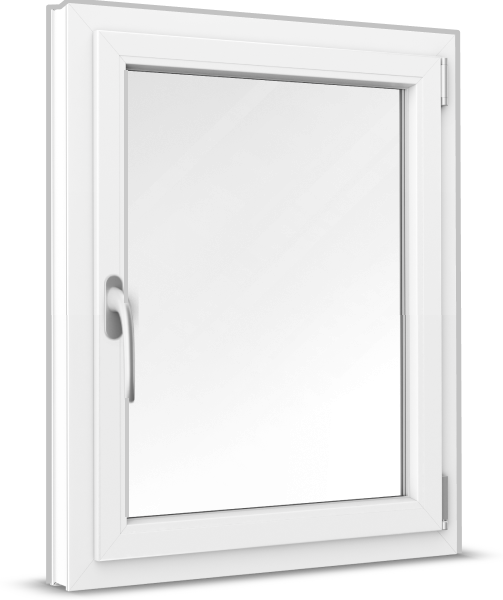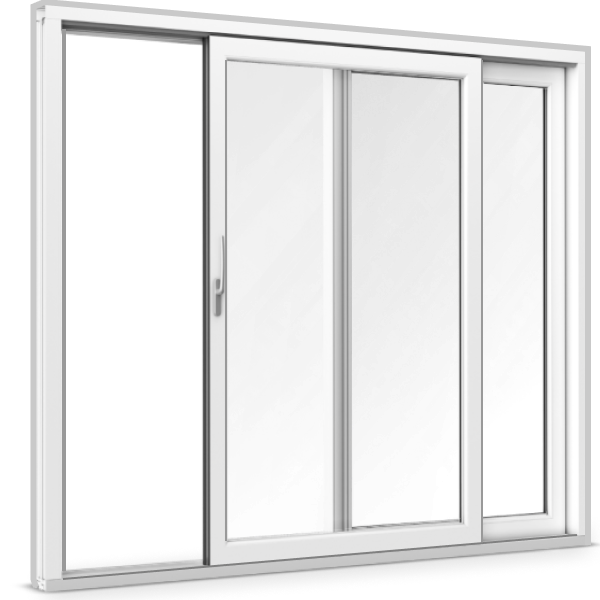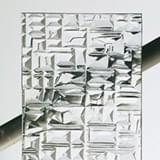-
Windows
 Windows
Windows
-
French Doors
 French Doors
French Doors
-
Patio Doors
 Patio Doors
Patio Doors
-
Front Doors
 Front Doors
Front Doors
-
Roller Shutters
 Roller Shutters
Roller Shutters
-
Window Sills
 Window Sills
Window Sills
-
Sign in
Contact us
Windows serve many purposes in different locations. A third floor window with beautiful views would likely be large and transparent whereas a ground level bathroom window smaller and translucent. Special patterns known as ornamental or structured glass, have been developed to accomplish this while also being decorative. They allow natural light inside while keeping prying eyes out with a patterned translucent surface. Common uses include in bathrooms, showers, meeting rooms or in doctors' offices. But there are many different styles in use today.
 Chinchilla
Chinchilla
 Cathedral
Cathedral
 Master-Carré®
Master-Carré®
 Ornament 187
Ornament 187
 Ornament 504
Ornament 504
 Ornament 597
Ornament 597
 Satinato
Satinato
 Silvit
Silvit
Whereas translucence, bubbles or rough areas are considered errors in regular sheets of glass, here they are intentionally created to form decorative patterns such as bubbles, circles, waves and more. There are also matte finishes which give a frosted, foggy or misty appearance. More intricate patterns are available with scroll work or special patterns. Colored non-white options are also available and range from white to gray, copper, blue, red, green and more.
It is important to differentiate between structured glass and structural glass. The first is decorative and used in windows and doors while the second is actually used to form building elements such as walls, floors and steps.
The ornamental patterns are created using various techniques. These include ceramic screen printing, acid etching and other simple printing processes. In the past, rollers were used to apply different textures and therefore it is sometimes still called rolled glass as well as etched glass. Certain types are only intended for interior rooms while others are designed for external use or special requirements such as use in wet rooms. Safety glass for example, can be produced as decorative glass.
Ornamental glass is especially good in areas of the house that require light but no view. Bathrooms are the best example and most frequent use case. This includes both windows to the outside as well as shower doors. Ornamental glass is also an attractive alternative for door panels, whether a front door or interior one. They can add detail to otherwise plain doors as well as increase the amount of natural light inside without compromising security. Dividing walls are another typical use, for example between the living and dining rooms. Offices also typically employ some form of ornamental or frosted glass to separate work areas or for meeting rooms. Ornamental glass is also found an inlay in modern furniture. The glass be transformed into a table surface or into a shelf.
On the outside of a home, this style of glass is ideal for facades, parapets or even lamps and can nicely distinguish your home from the surrounding ones. Moreover, ornamental glass can also be combined with thermal insulating glazing so it is not a case of one or the other, but rather what unique combination you seek.
Cleaning ornamental glass is extremely easy. Wipe the glass using a standard cloth and a gentle cleaning agent to remove the accumulated dirt and then wipe with a soft cloth, for example a chamois leather. Ornamental glass will provide you with long-lasting shine and durability in return.
With so many options, there are almost too many great designs to choose from. Nowadays, Satinato and Master-Carré® are some of the most popular in use. Chinchilla also continues to be widely used whereas Silvit and Cathedral style have become less frequent since peaking in the 1970s. Whatever your needs or tastes, we can build the exact piece you want.